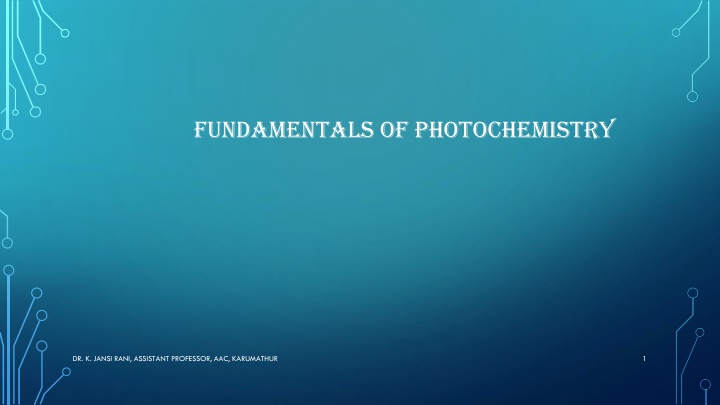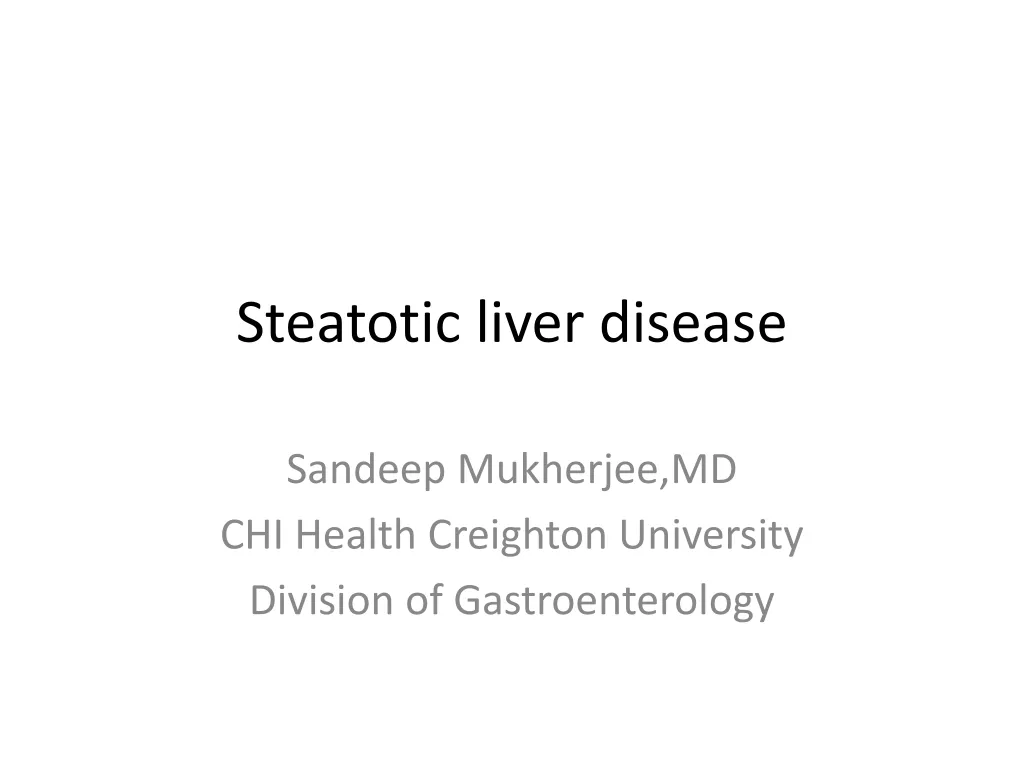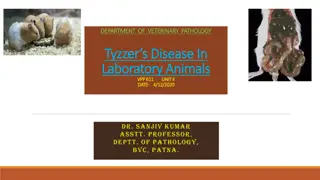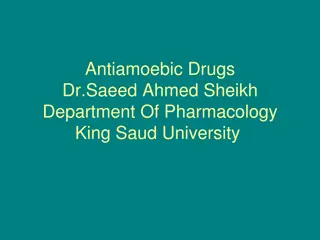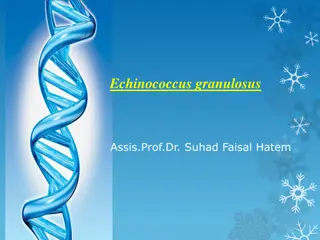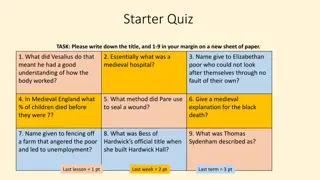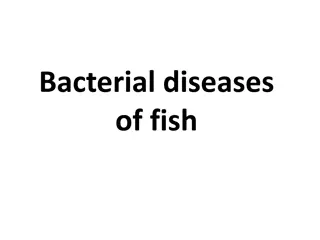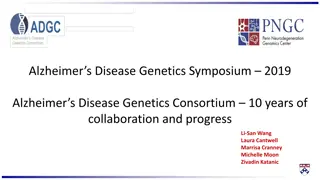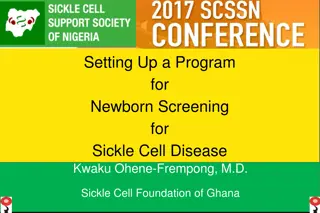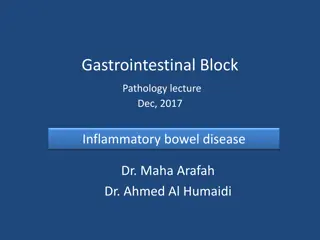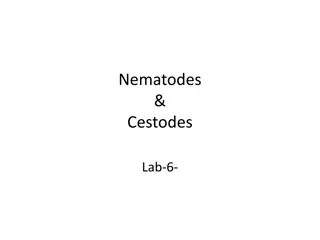Understanding Hydatid Disease and Amoebiasis
Hydatid disease, caused by Echinococcus granulosus, and Amoebiasis, caused by Entamoeba histolytica, are important parasitic infections that affect humans. Hydatid disease involves the presence of hydatid cysts, while Amoebiasis is characterized by amoebic infections. The geographical distribution of hydatid disease is cosmopolitan, with a higher prevalence in cattle-raising regions. Morphologically, the adult Echinococcus granulosus is about 5mm in size and consists of different segments. The egg of the parasite is similar to Taenia solium, with specific characteristics. The hydatid cyst contains daughter cysts and scolices, with different layers in its structure. Overall, understanding these diseases is crucial for effective diagnosis and treatment.
Download Presentation

Please find below an Image/Link to download the presentation.
The content on the website is provided AS IS for your information and personal use only. It may not be sold, licensed, or shared on other websites without obtaining consent from the author.If you encounter any issues during the download, it is possible that the publisher has removed the file from their server.
You are allowed to download the files provided on this website for personal or commercial use, subject to the condition that they are used lawfully. All files are the property of their respective owners.
The content on the website is provided AS IS for your information and personal use only. It may not be sold, licensed, or shared on other websites without obtaining consent from the author.
E N D
Presentation Transcript
Fundamentals of photochemistry DR. K. JANSI RANI, ASSISTANT PROFESSOR, AAC, KARUMATHUR 1
JABLONSKI DIAGRAM EXPLANATION When a molecule is photochemically promoted to an excited state, it does not stay there for long. The majority of promotions are from the Soto the S1state. Promotions from Soto triplet are not permitted. Promotion to S2and higher singlet states occurs. The energy lost when an S2or S3molecule degrades to S1is given up to the environment in small increments. This process is known as the energy cascade. Many of the vibrational levels of S1are initially populated by the initial excitation and decay from higher singlet states, but these also cascade down to the lowest vibrational level of S1. Therefore, the lowest vibrational level of the S1 state is the only important excited singlet state. DR. K. JANSI RANI, ASSISTANT PROFESSOR, AAC, KARUMATHUR 3
Internal conversion A molecule in the S1state can cascade down through the vibrational levels of the Sostate and thus return to the ground state by releasing energy to the environment in small increments. This process is known as an internal conversion, and it is quite slow due to the large amount of energy involved. Fluorescence DR. K. JANSI RANI, ASSISTANT PROFESSOR, AAC, KARUMATHUR By releasing energy in the form of light, a molecule in the S1state can instantly fall to a low vibrational level of the Sostate. Fluorescence is the name for this phenomenon, which occurs within 10-9seconds. 5
Phosphorescence A molecule in the T1state can return to the Sostate by releasing heat via intersystem crossing or light. If the light is emitted, the process is known as phosphorescence. T1states have significantly longer lifetimes than S1states. Because of the greater energy difference between S1and Sothan between T1and So, phosphorescence is found at lower frequencies than fluorescence when they occur in the same molecules. DR. K. JANSI RANI, ASSISTANT PROFESSOR, AAC, KARUMATHUR 6
Photosensitization A molecule in an excited state (S1 or T1) may transfer all of its surplus energy to another molecule in the environment at once if nothing else happens to it first. This process is known as photosensitization. DR. K. JANSI RANI, ASSISTANT PROFESSOR, AAC, KARUMATHUR The excited molecule A thus drops to Sowhile another molecule becomes excited. Let s see an example: 7
QUENCHING QUENCHING IS A NON-RADIATIVE PROCESS THAT INVOLVES THE DEACTIVATION OF AN EXCITED MOLECULAR EXTERNAL ENVIRONMENTAL EFFECT OR VIA A SUBSTITUENT. THEREFORE, SPECIES CAN ENTITY BY AN AN EXCITED QUENCHED. BE DR. K. JANSI RANI, ASSISTANT PROFESSOR, AAC, KARUMATHUR 8
Thank you DR. K. JANSI RANI, ASSISTANT PROFESSOR, AAC, KARUMATHUR 11
